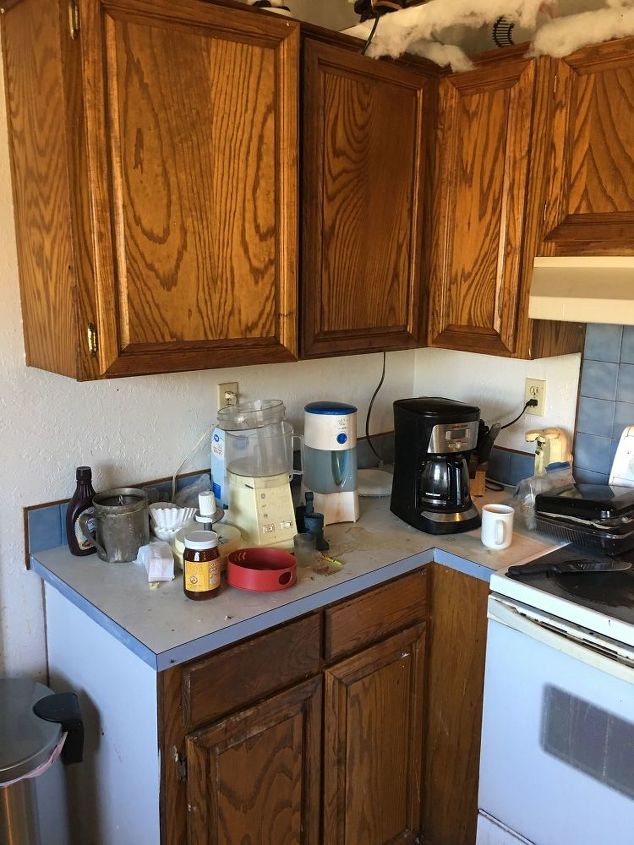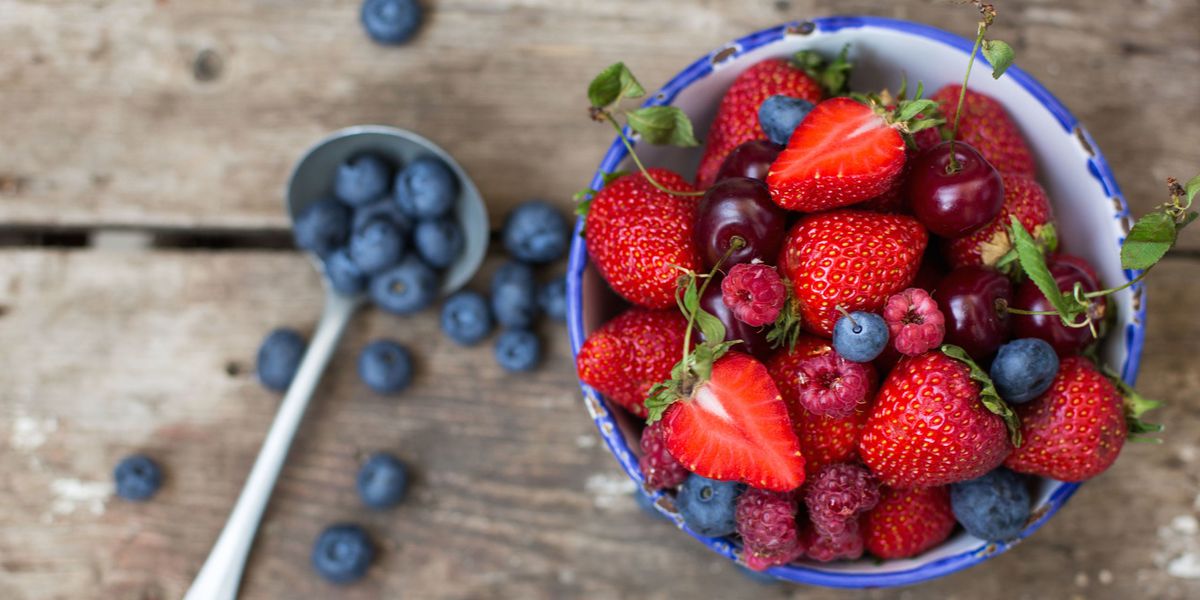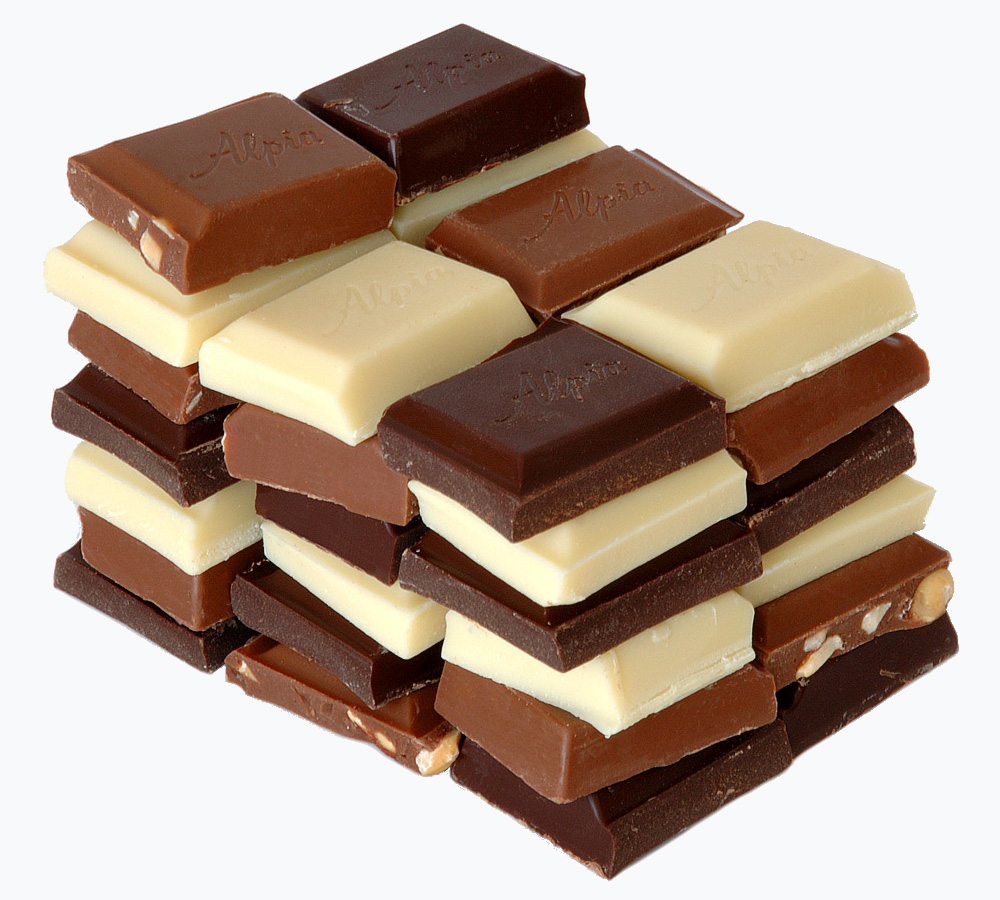When food and beverages produce stains in the kitchen, you can eliminate them. In this guide, you’ll learn how to get rid of 10 common kitchen stains.
Items Needed For Most Cleaning Routines
There are a variety of items that can dissolve the toughest stains. Because these are common household products, you may already have them in your cabinets. The top cleanup solutions include
- Club soda
- White vinegar
- Baking soda
- Stain removal gel
- Laundry detergent
- Hydrogen peroxide
- Nail polish remover
Wine
When red wine spills on your apron, grab a paper towel, and dab it on the stain. Then, put the apron in a bowl, and pour salt on the stain. Next, empty a pot of boiling water on the top of the stained area on the apron. After the hot water partially breaks down the stain, wash the apron in a washer on the hottest setting.
Tomato Sauce
A tomato sauce stain will leave chunks on your clothing, so you’ll need to grab them before beginning the cleaning process. Next, blot the stain with a cloth until most of the tomato color has faded. At this point, toss the fabric into a bowl of cold water, and let it soak for about five minutes. While garment is floating in the water, scrub the stain with an old toothbrush. If the garment has a light fabric, you may need to mix laundry detergent in the water to fight the stain. Finally, toss the garment in the washer, and set the wash cycle to the hot setting.
Grease
Grease stains are easy to clean if you treat them immediately. However, the cleaning time will vary depending on the source of the grease stains. For example, a pizza grease stain doesn’t require a lot of scrubbing because it only leaves a small spot. A spilled batch of grease from a hot skillet will need strategic scrubbing since its fresher.
For all grease stains, you’ll need cornstarch or baking soda. Both of these items have properties that effectively absorb greasy molecules. To ensure practical results, you must let the powder set on a grease stain for at least two minutes. Then, pour dish soap on the stain, and gradually dab the spot with a damp paper towel. Depending on the stain’s consistency, you may need to repeat this process until the spot is removed.
Berries
Berry residue and a cup of berry juice can be treated with white vinegar. If either of these stains gets on your clothing, turn the fabric inside out. Then, pour hot water on the affected area. Ensure that the fabric doesn’t have any wrinkles because they will make the process of treating every area of a stain challenging. After the water dries, soak the garment in a bowl of vinegar. The vinegar will fight the berry stain because it has acidic properties.
Coffee
To treat a coffee stain on an apron or shirt, you’ll need some club soda. After the soda soaks the garment, blot the treated area with a clean rag until the stain fades away.
When coffee stains a carpet, you can eliminate the spot with a different beverage and a paper towel. For this job, beer is the best solution as it creates bubbles that can access nooks and crannies around fibers. After the beer sets, rinse the carpet with a cup of clean water. Then, gradually blot the treated area to extract the beer.
Peanut Butter
Peanut butter stains can linger, which is why they must be treated in a timely manner. The moment peanut butter wastes on a garment, remove the lingering residue with a paper towel, and properly treat the stain using a powerful prewash stain remover. End the process by washing the garment in a washer in very hot water.
If peanut butter stains a carpet, use a nail polish remover to treat it. Don’t pour the product on the stain because you may waste some of the liquid. Instead, put the nail polish remover in an eyedropper, and gradually apply the solution on the peanut butter stain. After it lands on the carpet, blot up the liquid immediately. This is a test strategy; it will help you determine whether or not the nail polisher remover will harm your carpet. If the product doesn’t cause damage, dip a sponge in the solvent, and strategically treat the stain. When the stain is removed, rinse the carpet with water, and dry the fibers with a rag.
Ketchup
Ketchup can smear on garments if it’s not properly removed before a wash cycle. Typically, you should let a ketchup stain dry so that it will easily peel off of a garment. You can chip away dry ketchup with a butter knife. When most of the stain is gone, soak the garment in cold water that contains laundry detergent. Now, dab hydrogen peroxide on the stain with a sponge to dissolve the ketchup.
Salad Dressing
Because salad dressings are made with oil, these stains are tough to eliminate. Begin the treatment process by coating the spot with a stain remover gel. Then, thoroughly rinse the stain with hot water. At this point, gradually scrub the spot with a liquid detergent, and let the garment rest for about five minutes. Complete the process by cleaning the garment in a washer on the hottest setting.
Chocolate
Chocolate that’s melted requires strategic cleaning. If you clean a chocolate stain incorrectly, you’ll smear it on clean fibers. To avoid smears, dab the chocolate gradually and carefully with a damp paper towel. When most of the stain is removed, flush away the chocolate spot with cold water. Then, soak the garment in water that contains a stain-fighting laundry detergent. It should soak in the solution for 30 minutes before a normal wash cycle.

Butter stains and grease stains have similar characteristics, so you could clean a butter spot and a grease stain using the same cleanser. However, if butter dries on a light garment, always use a strong dish soap with grease-fighting properties.
For tough dirt and grease around major appliances, use commercial-grade cleansers. These products can help you prepare for Brisbane kitchen renovators.






















